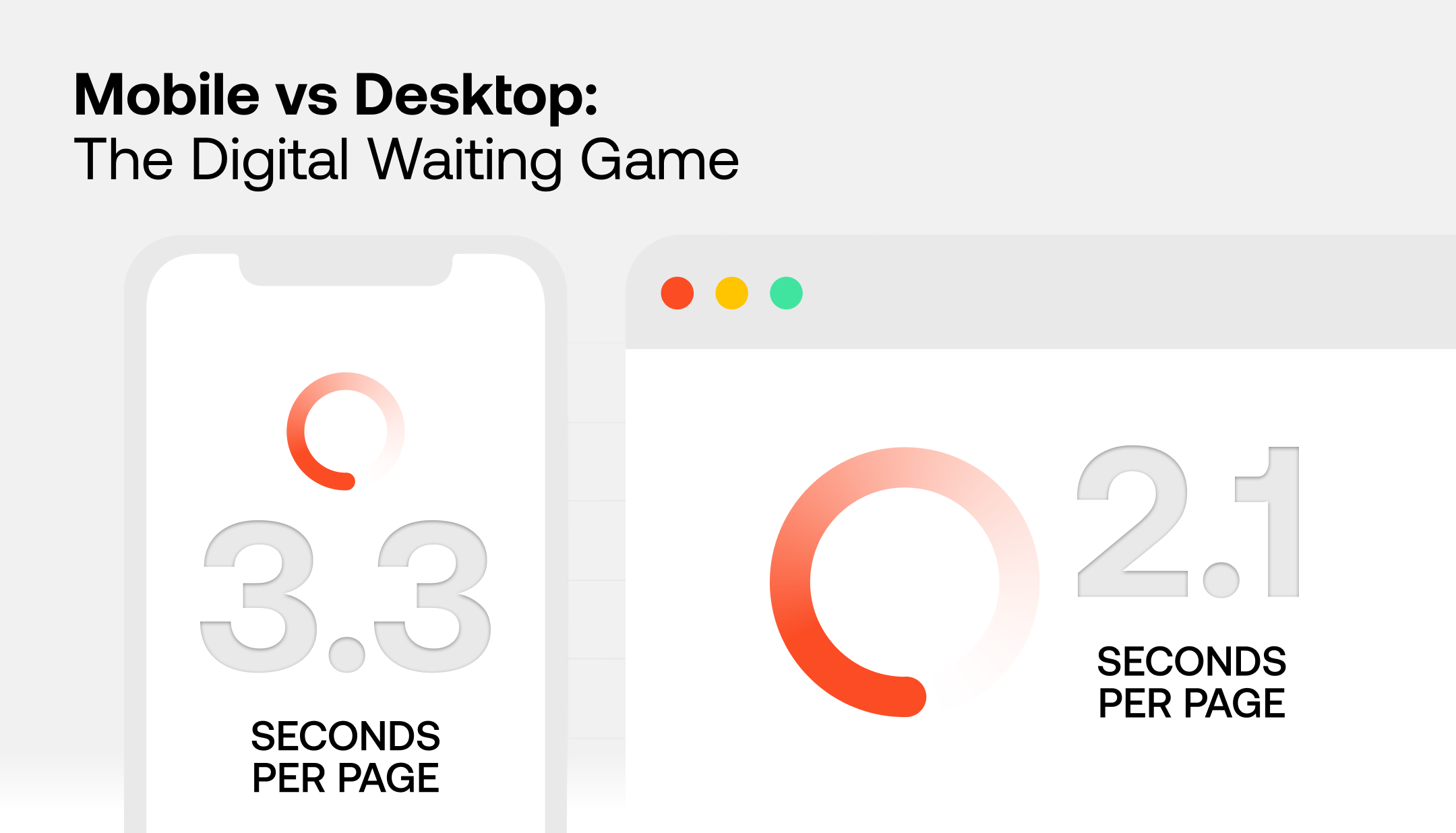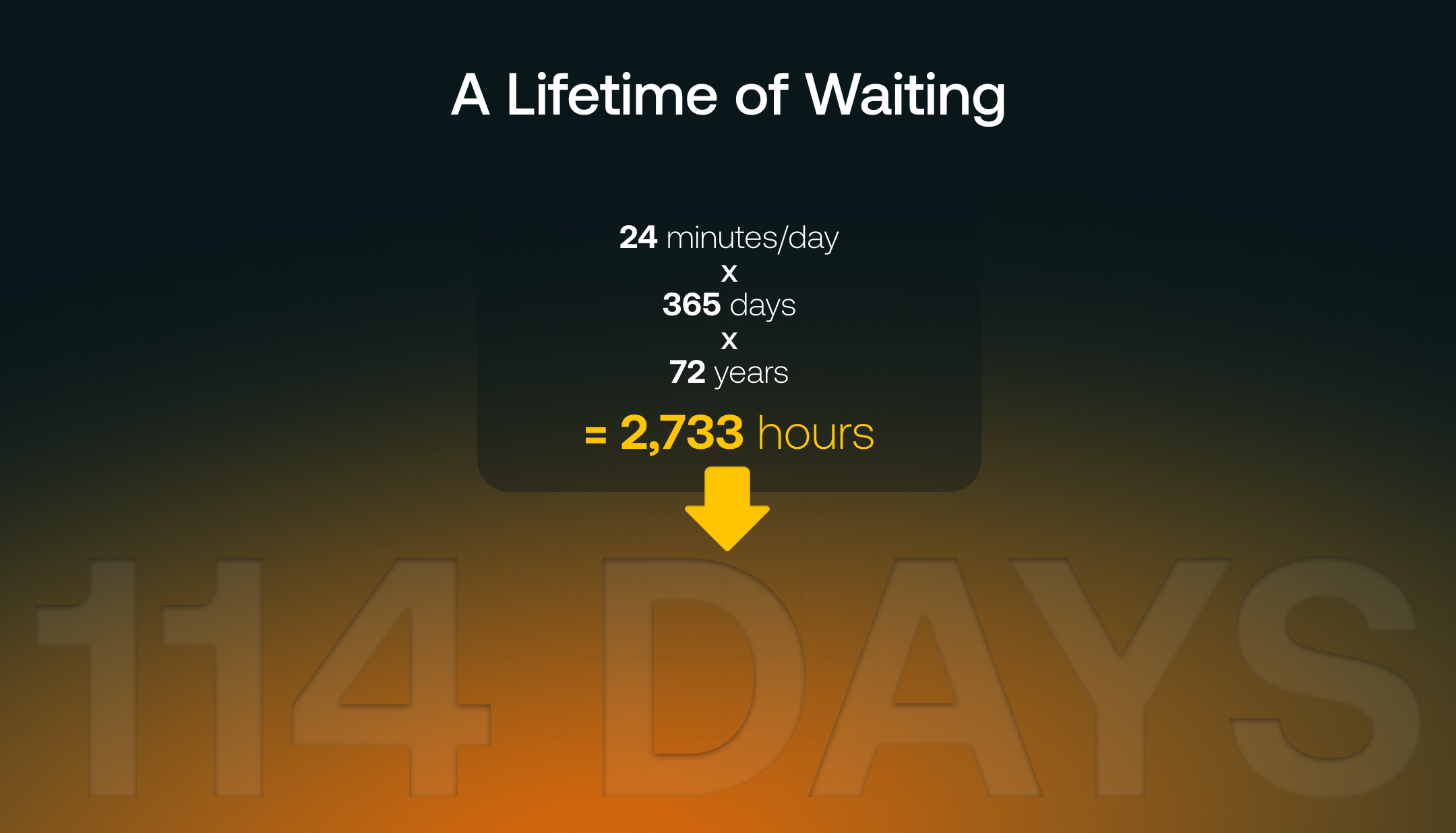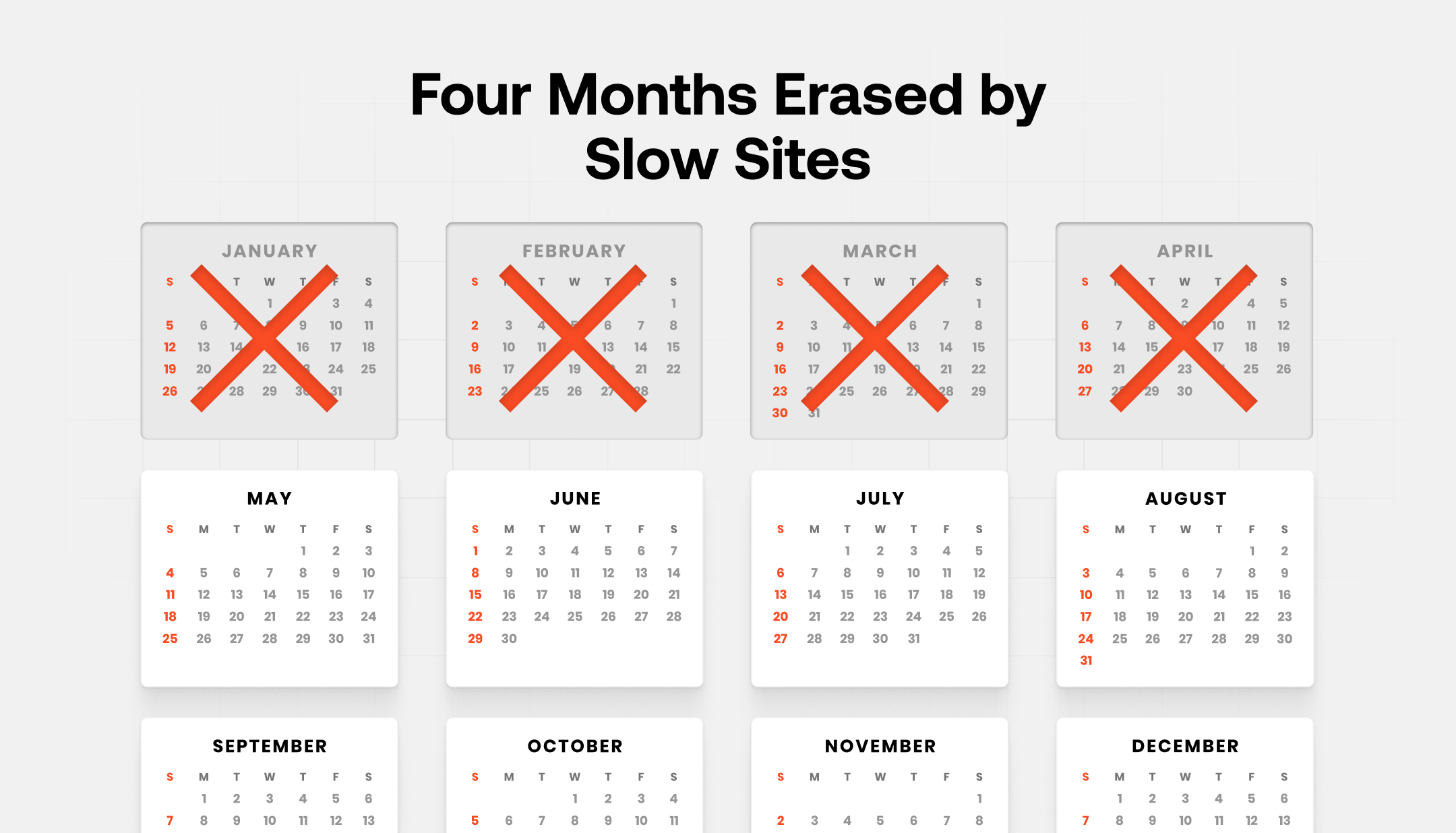Internet Users Waste Over 114 Days of Their Lives Waiting for Websites to Load, Study Finds

New research reveals that the average person spends almost four months of their life staring at blank screens waiting for websites to display content.
This digital downtime - occurring in small increments thousands of times per day - accumulates to a staggering amount of wasted lifetime.
The Hidden Cost of Slow Loading Times
In today's hyperconnected world, we spend approximately 6 hours and 38 minutes online each day. However, a significant portion of this time isn't spent consuming content or being productive - it's spent waiting.
The average internet user visits approximately 130 web pages daily across various devices. Each page visit introduces a delay known as First Contentful Paint (FCP) - the time between clicking a link and seeing the first piece of content appear on screen.
While these individual delays seem negligible, they add up to approximately 6.24 minutes of waiting time every single day. Projected across the average human lifespan of 72 years, this amounts to 114 days - or almost four months - spent waiting for websites to load.
Mobile vs Desktop: The Digital Waiting Game

Our research found a significant discrepancy between experiences on different devices:
- Mobile loading: The average FCP on mobile devices is 3.3 seconds per page
- Desktop loading: The average FCP on desktop computers is 2.1 seconds per page
With almost 68% of all web traffic now occurring on mobile devices versus 30% on desktops, a larger portion of our online interactions are subject to these longer loading times.
This means that during the average person's daily web browsing, approximately 291.9 seconds (4.9 minutes) are spent waiting for content to appear on mobile devices, while about 83.4 seconds (1.4 minutes) are spent waiting on desktop computers.
This disparity highlights the growing importance of mobile optimization for websites.
Even though the difference between 3.3 and 2.1 seconds might seem negligible for a single page load, it creates a significant cumulative effect across billions of daily interactions worldwide.
A Lifetime of Waiting

When calculated across an average lifespan, these small delays compound dramatically:
- 6.24 minutes/day × 365 days × 72 years = 163,987 minutes = 2,733 hours = ~114 days
This means that over the course of an average 72-year lifespan, almost four months are spent simply waiting for websites to load.
Time Lost in Perspective

To put this 114-day figure into perspective:
- You could watch all nine seasons of The Office approximately 37 times consecutively
- You could learn both Mandarin and Spanish to complete fluency
- You could enjoy 8 additional two-week vacations
What makes this particularly concerning is that unlike time deliberately spent on activities, these loading delays represent completely unproductive, frustrating moments that interrupt the flow of work and leisure activities.
Methodology
To calculate the lifetime impact of website loading delays, we analyzed multiple data sources:
- Loading Speed Measurement: We used First Contentful Paint (FCP) as our primary metric - the point at which the first text, image, or content element appears on screen after navigation. The average FCP was found to be 2.1 seconds for desktop and 3.3 seconds for mobile users, based on data from HTTP Archive.
- Usage Patterns:We determined that the average internet user visits approximately 130 web pages daily, with 67.94% of visits occurring on mobile devices and 30.45% on desktop computers (the remaining 1.61% on tablets or unidentified devices were excluded from calculations). These traffic patterns were sourced from SimilarWeb.
- Lifetime Projection: Based on the average global human lifespan of 72 years and consistent internet usage patterns, we calculated the cumulative impact as shown in the previous section.
This calculation provides a conservative estimate, as it only accounts for the initial loading delay (FCP) and not subsequent loading events or interactions within websites.
The Way Forward
These findings highlight an often-overlooked aspect of digital efficiency. While internet speeds have increased dramatically over the past decades, website complexity has grown in tandem, often negating potential gains in user experience.
"What's most striking about these findings is that they represent completely avoidable waste," says Andrew Smith, CEO of Tenscope. "Unlike time spent actively engaging with content, these loading delays offer no value whatsoever to users, yet they consume a substantial portion of our digital lives."
Website owners and developers can address this hidden time tax by optimizing for performance across all devices, with particular attention to mobile experiences. Meanwhile, users might consider browser extensions and tools that preload content or block resource-heavy elements to reclaim some of their digital lifetime.
As our online activities continue to increase, addressing these seemingly minor inefficiencies becomes increasingly important - after all, four months of life is too much to spend watching loading screens.
Andrew Smith is the co-founder of Tenscope.com, a UX and marketing design agency helping SaaS companies build accessible, high-converting digital products.









